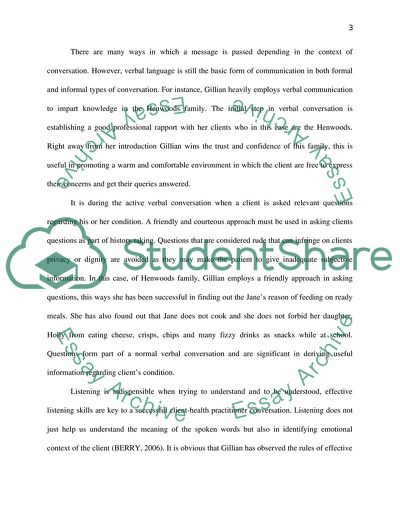Cite this document
(Communication in Nursing: Our Eating Habits Case Study, n.d.)
Communication in Nursing: Our Eating Habits Case Study. Retrieved from https://studentshare.org/nursing/1857711-communicating-health
Communication in Nursing: Our Eating Habits Case Study. Retrieved from https://studentshare.org/nursing/1857711-communicating-health
(Communication in Nursing: Our Eating Habits Case Study)
Communication in Nursing: Our Eating Habits Case Study. https://studentshare.org/nursing/1857711-communicating-health.
Communication in Nursing: Our Eating Habits Case Study. https://studentshare.org/nursing/1857711-communicating-health.
“Communication in Nursing: Our Eating Habits Case Study”, n.d. https://studentshare.org/nursing/1857711-communicating-health.


